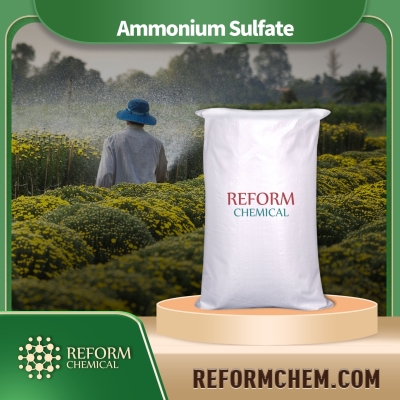-
Categories
-
Pharmaceutical Intermediates
-
Active Pharmaceutical Ingredients
-
Food Additives
- Industrial Coatings
- Agrochemicals
- Dyes and Pigments
- Surfactant
- Flavors and Fragrances
- Chemical Reagents
- Catalyst and Auxiliary
- Natural Products
- Inorganic Chemistry
-
Organic Chemistry
-
Biochemical Engineering
- Analytical Chemistry
-
Cosmetic Ingredient
- Water Treatment Chemical
-
Pharmaceutical Intermediates
Promotion
ECHEMI Mall
Wholesale
Weekly Price
Exhibition
News
-
Trade Service
Diphenyl carbonate (DPCO) is an important intermediate chemical used in the production of a wide range of products in the chemical industry.
It is a colorless liquid with a characteristic odor and is highly soluble in water.
DPCO is used as a building block for the production of various chemicals, including plastics, dyes, and lubricants.
In this article, we will discuss the upstream and downstream products of DPCO and their applications.
Upstream Products
The upstream products of DPCO are mainly derived from the reaction of phenylene oxide with carbon monoxide in the presence of a Lewis acid catalyst.
The reaction generates DPCO as a byproduct, which can then be purified and used as a precursor for downstream chemical reactions.
The main upstream products of DPCO are phthalic anhydride, terephthalic acid, and catechol.
Phthalic anhydride is a white crystalline solid that is used as a building block for the production of plasticizers, dyes, and lubricants.
It is also used in the production of polyester resins, which are widely used in the manufacture of fiber-reinforced plastics, films, and molded products.
Terephthalic acid is another important upstream product of DPCO.
It is a white crystalline solid that is used in the production of polyester fibers, films, and bottles.
It is also used as a building block for the production of various dyes and drugs.
Catechol is another upstream product of DPCO.
It is a yellow or greenish-yellow crystalline solid that is used as a building block for the production of various dyes, pharmaceuticals, and flavoring agents.
Downstream Products
The downstream products of DPCO are derivatives of DPCO that are used in a wide range of applications.
The most common downstream products of DPCO include bisphenol A, naphthalene, and o-cresidine.
Bisphenol A (BPA) is a white crystalline solid that is used as a building block for the production of polycarbonate plastics, which are widely used in the manufacture of food containers, medical devices, and electronic components.
BPA is also used in the production of epoxy resins, which are used as adhesives and coatings in various industries.
Naphthalene is a white crystalline solid that is used as a raw material for the production of various chemicals, including dyes, pharmaceuticals, and rubber.
It is also used as a solvent for various organic compounds.
o-Cresidine is a red crystalline solid that is used as a disinfectant and as a raw material for the production of various dyes and pharmaceuticals.
Applications of DPCO and Its Derivatives
DPCO and its derivatives have a wide range of applications in the chemical industry.
DPCO is used as a building block for the production of various chemicals, while its derivatives are used in the production of plastics, dyes, lubricants, and other chemical products.
One of the most common applications of DPCO is in the production of polycarbonate plastics.
Polycarbonate plastics are widely used in the manufacture of food containers, medical devices, and electronic components.
They are known for their high strength, rigidity, and impact resistance.
Bisphenol A, a derivative of DPCO, is used as a building block for the production of polycarbonate plastics.
It is also used in the production of epoxy resins, which are used as adhesives and coatings in various industries.
Naphthalene and o-cresidine, both derivatives of DPCO, are used as raw materials for the production of







